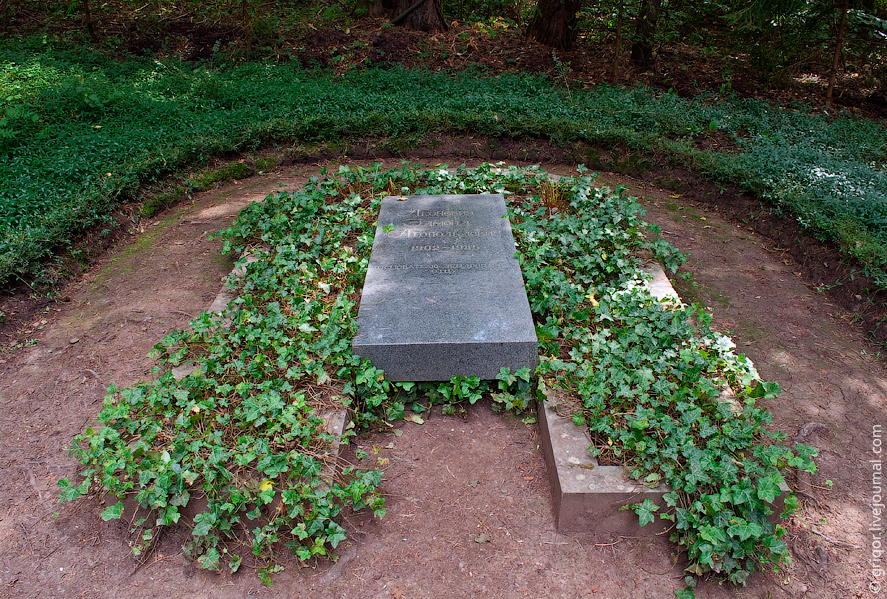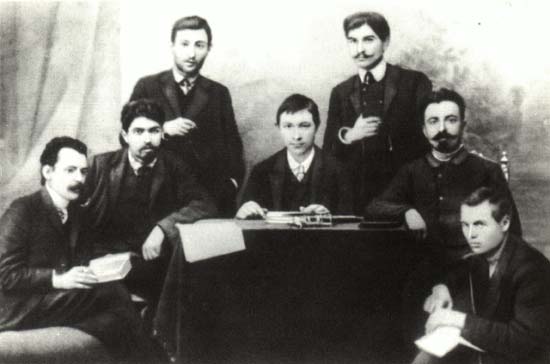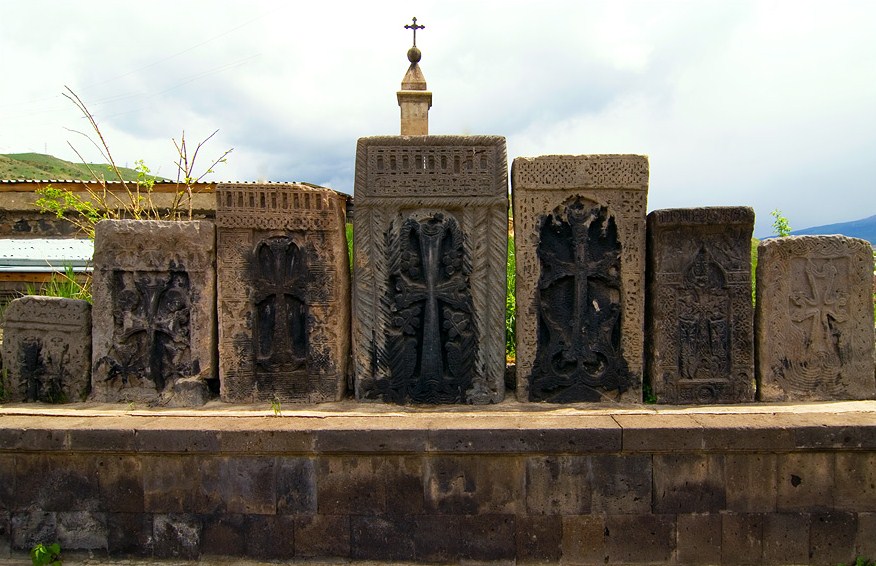|
Stepanavan
Stepanavan ( hy, Ստեփանավան), is a town and municipal community in the Lori Province of Armenia Armenia (), , group=pron officially the Republic of Armenia,, is a landlocked country in the Armenian Highlands of Western Asia.The UNbr>classification of world regions places Armenia in Western Asia; the CIA World Factbook , , and ''Ox .... It is located 139 km north of the capital Yerevan and 24 km north of the provincial centre Vanadzor, halfway between Yerevan and Tbilisi. As of the 2011 census, the population of the town is 13,086. Currently, the town has an approximate population of 10,800 as per the 2016 official estimate. Due to its location on the shores of Dzoraget River among the forest of Lori plateau and Bazum mountains, Stepanavan is considered a resort town in northern Armenia. Etymology Stepanavan was founded in 1810 as ''Jalaloghli'', literally meaning ''son of Jalal'' in Turkic languages. The name is derived from the Armenian noble fami ... [...More Info...] [...Related Items...] OR: [Wikipedia] [Google] [Baidu] |
Lori Province
Lori ( hy, Լոռի, ), is a province ('' marz'') of Armenia. It is located in the north of the country, bordering Georgia. Vanadzor is the capital and largest city of the province. Other important towns include Stepanavan, Alaverdi, and Spitak. It is home to the UNESCO World Heritage Sites of Haghpat and Sanahin monasteries and the well-preserved Akhtala monastery, where Armenians, Georgians, and Greeks make an annual pilgrimage on September 20–21. The province was heavily damaged during the 1988 Armenian earthquake. The province is served by the Stepanavan Airport. Etymology The name Lori (Լոռի) is of Armenian origin (from Armenian "quail"), first appeared in the 11th century when King David I Anhoghin founded the fortified city of Lori. The fortress-city became the capital of the Kingdom of Tashir-Dzoraget in 1065. The name Lori later spread through the region and replaced the original name of Tashir. Geography Situated at the north of modern-day Armenia, Lori c ... [...More Info...] [...Related Items...] OR: [Wikipedia] [Google] [Baidu] |
Stepanavan Dendropark
Officially Sochut Dendropark named after Edmund Leonowicz, commonly knowns as Stepanavan Dendropark ( hy, Ստեփանավանի դենդրոպարկ), is an arboretum located near the Gyulagarak village, Lori Province, Armenia. Located around 85 km north of the capital Yerevan, the park was founded in 1931 by Polish engineer-forester Edmund Leonowicz. The arboretum is 35 ha in total of which 17.5 ha consist of natural forest and 15 ha of ornamental trees. History This collection expanded along the newly constructed footpaths and vistas which began to reach into the natural forest and is thought to be the first place in the Transcaucasus, where a natural forest landscape had been reshaped into a Forest Park. Most specimens were acquired from other botanic gardens as part of international exchange programmes with the Botanic Garden in Tbilisi (Georgia), Kyiv (Ukraine), Nikitski, (Crimea, Ukraine), Leningrad and Moscow Central (Soviet Union) as well as the Far East. Speci ... [...More Info...] [...Related Items...] OR: [Wikipedia] [Google] [Baidu] |
Stepan Shaumian
Stepan Georgevich Shaumian (; , ''Step’an Ge'vorgi Shahumyan''; 1 October 1878 – 20 September 1918) was a Bolshevik revolutionary and politician active throughout the Caucasus. Arzumanyan, M. Շահումյան, Ստեփան Գևորգի. "Yerevan, Armenian SSR, vol. viii", ''The Soviet Armenian Encyclopedia'', 1982, pp. 431–34 Shahumyan was an ethnic Armenian and his role as a leader of the Russian revolution in the Caucasus earned him the nickname of the "Caucasian Lenin", a reference to the leader of the Russian Revolution, Vladimir Lenin. The founder and editor of several newspapers and journals, Shaumian is best known as the head of the Baku Commune, a short lived committee appointed by Lenin in March 1918 with the task of leading the revolution in the Caucasus and West Asia. His tenure as leader of the Baku Commune was marred with numerous problems including ethnic violence between Baku's Armenian and Azerbaijani populations, attempting to defend the city against a ... [...More Info...] [...Related Items...] OR: [Wikipedia] [Google] [Baidu] |
Dzoraget River
The Dzoraget () is a river in the Lori region in Northern Armenia. It originates in the Bazum Mountains and flows west to east through spectacular gorges around Stepanavan. It finally feeds into the river Debed near Dzoragyugh, which ultimately drains to the Kura. ''Dzoraget'' is a compound word in Armenian meaning ''Gorge-river'' and formed with the lexemes ձոր ('gorge') and գետ ('river') joined by the interfix ա . The gorge in certain places (e.g. at Kurtan) is over in depth. Rafting The Armenian Travel Bureau considers the Dzoraget River the only Armenian river suitable for rafting. The commonest rafting route begins at the Dzoraget bridge, near the town of Stepanavan. Rafting on the river is concentrated in the Dzoraget Canyon, which is in some places as deep as 300 meters. Towns and villages Towns and villages along the river include: Stepanavan, Amrakits, Lori Berd, Agarak, Vardablur, Kurtan, Arevatsag, and Dzoragyukh. Gallery Image:Dzoragetatstepanava ... [...More Info...] [...Related Items...] OR: [Wikipedia] [Google] [Baidu] |
Sos Sargsyan
Sos Sargsyan ( hy, Սոս Սարգսյան; 24 October 1929 – 26 September 2013) was a prominent Armenian actor, director and writer. Biography Sos Sargsyan was born in Stepanavan in northern Armenia, at the time part of the Soviet Union. He moved to Yerevan in 1948 and started to perform at the Theater of the Young Spectator. He graduated from the Fine Arts and Theater Institute in 1954 as an actor. Between 1954 and 1991 he performed at the Sundukyan State Academic Theatre of Yerevan. In October 1991, a month after Armenia's independence from the Soviet Union, Sargsyan took part in the first presidential election in independent Armenia. He was nominated by the Armenian Revolutionary Federation. In 1991 he established the Hamazgayin (Pan-National) Theater, which he headed until his death. From 1997 to 2006 he was the rector of the Yerevan Cinema and Theatre Institute. Sargsyan died on 26 September 2013 in Yerevan. Sargsyan's funeral was held on 29 September in attendance of ... [...More Info...] [...Related Items...] OR: [Wikipedia] [Google] [Baidu] |
Vanadzor
Vanadzor ( hy, Վանաձոր) is an urban municipal community and the third-largest city in Armenia, serving as the capital of Lori Province in the northern part of the country. It is located about north of the capital Yerevan. As of the 2011 census, the city had a population of 86,199, down from 148,876 reported at the 1979 official census. Currently, the town has a population of approximately 76,200. Vanadzor is the seat of the Diocese of Gougark of the Armenian Apostolic Church. Etymology Vanadzor was previously known as ''Gharakilisa'' (), meaning "black church" in Turkic. In the official records of the Russian Empire, the city was labelled as ''Karakilis Bolshoye'' (). Following the Sovietization of Armenia, the city was renamed ''Martunashen'' (, alternatively ''Martunakan'') in 1926 after Armenian Bolshevik revolutionary Alexander Miasnikian. On 3 January 1935, it was renamed ''Kirovakan'' (), after the popular Russian Bolshevik leader Sergey Kirov. A close associate of ... [...More Info...] [...Related Items...] OR: [Wikipedia] [Google] [Baidu] |
Kingdom Of Georgia
The Kingdom of Georgia ( ka, საქართველოს სამეფო, tr), also known as the Georgian Empire, was a medieval Eurasian monarchy that was founded in circa 1008 AD. It reached its Golden Age of political and economic strength during the reign of King David IV and Queen Tamar the Great from 11th to 13th centuries. Georgia became one of the pre-eminent nations of the Christian East and its pan-Caucasian empire and network of tributaries stretching from Eastern Europe to Anatolia and northern frontiers of Iran, while also maintaining religious possessions abroad, such as the Monastery of the Cross in Jerusalem and the Monastery of Iviron in Greece. It was the principal historical precursor of present-day Georgia. Lasting for several centuries, the kingdom fell to the Mongol invasions in the 13th century, but managed to re-assert sovereignty by the 1340s. The following decades were marked by the Black Death, as well as numerous invasions under the lea ... [...More Info...] [...Related Items...] OR: [Wikipedia] [Google] [Baidu] |
Bagratuni Dynasty
The Bagratuni or Bagratid dynasty ( hy, Բագրատունի, ) was an Armenian royal dynasty which ruled the medieval Kingdom of Armenia from c. 885 until 1045. Originating as vassals of the Kingdom of Armenia of antiquity, they rose to become the most prominent Armenian noble family during the period of Arab rule in Armenia, eventually establishing their own independent kingdom. Their domain included regions of Armenia such as Shirak, Bagrevand, Kogovit, Syunik, Lori, Vaspurakan, Vanand and Taron. Many historians, such as Cyril Toumanoff, Nicholas Adontz and Ronald Suny, consider them to be the progenitors of the Georgian royal Bagrationi dynasty. Early history The name "Bagratuni" derives from ''Bagarat'', a Parthian variant of the Old Iranian name ''Bagadata'' ("God-given"). Historian Cyril Toumanoff speculated that a general of King Tigranes II of Armenia () named Bagadates may have been the earliest known member of the Bagratuni family, which first emerged as ... [...More Info...] [...Related Items...] OR: [Wikipedia] [Google] [Baidu] |
Kingdom Of Tashir-Dzoraget
The Kingdom of Tashir-Dzoraget ( hy, Տաշիր-Ձորագետի Թագավորություն ''Tashir-Dzorageti t'agavorut'yun''), alternatively known as the Kingdom of Lori or Kiurikian Kingdom by later historians, was a medieval Armenian kingdom formed in the year 979 by the Kiurikian dynasty, a branch of the Bagratuni dynasty, as a vassal kingdom of the Bagratid Kingdom of Armenia. The first capital of the kingdom was Matsnaberd, currently part of modern-day Azerbaijan. It was located on the territories of modern-day northern Armenia, northwestern Azerbaijan and southern Georgia. The founder of the kingdom and the Kiurikian dynasty was king Kiurike I (also known as Gurgen I). In 979 King Smbat II of Armenia granted the province of Tashir to his brother Kiurike with the title of king. The branch went on to outlive the main one in Ani. It became especially strong during the reign of King David I Anhoghin who succeeded his father Kiurike and ruled between 989 and 1048. David I ... [...More Info...] [...Related Items...] OR: [Wikipedia] [Google] [Baidu] |
Byzantine Empire
The Byzantine Empire, also referred to as the Eastern Roman Empire or Byzantium, was the continuation of the Roman Empire primarily in its eastern provinces during Late Antiquity and the Middle Ages, when its capital city was Constantinople. It survived the fragmentation and fall of the Western Roman Empire in the 5th century AD and continued to exist for an additional thousand years until the fall of Constantinople to the Ottoman Empire in 1453. During most of its existence, the empire remained the most powerful economic, cultural, and military force in Europe. The terms "Byzantine Empire" and "Eastern Roman Empire" were coined after the end of the realm; its citizens continued to refer to their empire as the Roman Empire, and to themselves as Romans—a term which Greeks continued to use for themselves into Ottoman times. Although the Roman state continued and its traditions were maintained, modern historians prefer to differentiate the Byzantine Empire from Ancient Rome ... [...More Info...] [...Related Items...] OR: [Wikipedia] [Google] [Baidu] |
Kiurike I
Kiurike I (alternatively spelled Gorige, Korike or Gurgen; hy, Գուրգեն Ա Կյուրիկե) was the first king of the Kingdom of Tashir-Dzoraget. He was succeeded by his son David I Anhoghin David I Anhoghin ( hy, Դավիթ Անհողին) succeeded his father to the throne of the Kingdom of Tashir-Dzoraget. His nickname ''Anhoghin'' ("Landless") refers to a temporary loss of his lands he suffered after a defeat at the hands of the k .... References Year of birth unknown 989 deaths Kiurikian dynasty Kings of Tashir-Dzoraget {{Armenia-royal-stub ... [...More Info...] [...Related Items...] OR: [Wikipedia] [Google] [Baidu] |





